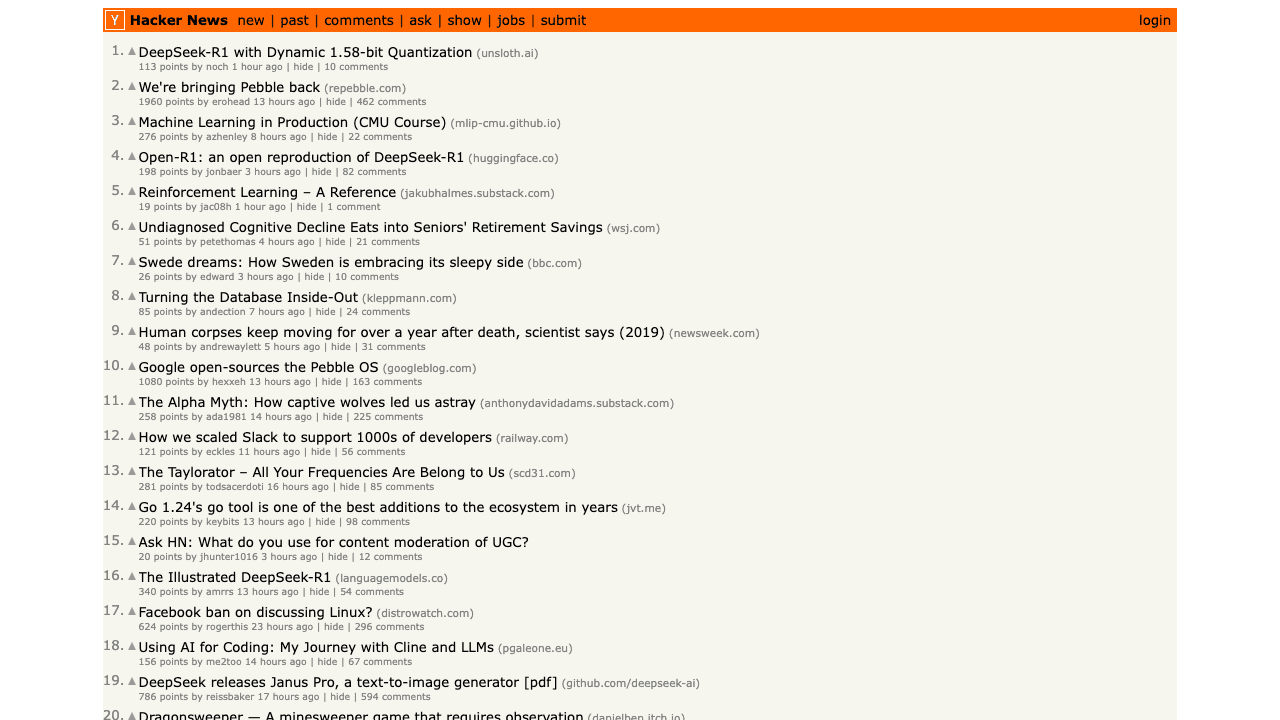Mastering Website Screenshots with Appium: A Developer's Guide (With Extra Coffee)
1/30/2025
Hey There, Screenshot Adventurers! 🚀
Laura and Heidi here! After spending way too much time taking screenshots of everything that renders in a browser (seriously, check out SCRNIFY if you want to see where that led), we're back with another deep dive. Today's topic? Using Appium for website screenshots - and yes, we know what you're thinking: "Isn't Appium for mobile testing?" Well, grab your coffee, because we're about to show you some tricks! ☕
Why Appium for Screenshots? (And Why Not)
Let's start with the elephant in the room: Appium isn't the first tool people think of for website screenshots. But sometimes you need that Swiss Army knife approach, especially when you're:
- Already using Appium for other testing
- Need cross-platform consistency
- Want to integrate with existing mobile testing workflows
Setting Up Your Screenshot Arsenal 🛠️
First things first - let's get our tools ready. You'll need:
npm init -y
npm install webdriverio appium chromedriver
Here's our basic setup file that'll get us rolling:
// setup.js
const { remote } = require('webdriverio');
const capabilities = {
platformName: 'Chrome',
browserName: 'chrome',
'appium:automationName': 'ChromeDriver',
'goog:chromeOptions': {
args: [
'--headless',
'--disable-gpu',
'--no-sandbox',
'--window-size=1920,1080'
]
}
};
const wdOpts = {
hostname: 'localhost',
port: 4723,
path: '/wd/hub',
capabilities: capabilities,
logLevel: 'error'
};
async function setupDriver() {
return await remote(wdOpts);
}
module.exports = { setupDriver };
Your First Screenshot (The "Hello World" Moment) 📸
Let's start with something simple:
// basic-screenshot.js
const { setupDriver } = require('./setup');
async function takeBasicScreenshot() {
const driver = await setupDriver();
try {
await driver.url('https://news.ycombinator.com');
// Take that screenshot!
const screenshot = await driver.saveScreenshot('./my-first-screenshot.png');
console.log('Screenshot saved! 🎉');
} catch (error) {
console.error('Oops! Something went wrong:', error);
} finally {
await driver.deleteSession();
}
}
takeBasicScreenshot();

Making It Better: Advanced Screenshot Techniques 🚀
Now let's add some fancy stuff - waiting for elements, handling dynamic content, and dealing with different viewport sizes:
// advanced-screenshot.js
const { setupDriver } = require('./setup');
async function takeAdvancedScreenshot(url, options = {}) {
const driver = await setupDriver();
try {
await driver.url(url);
// Wait for specific element if needed
if (options.waitForSelector) {
await driver.$(options.waitForSelector).waitForExist({
timeout: options.timeout || 5000
});
}
// Handle viewport size
if (options.viewport) {
await driver.setWindowSize(
options.viewport.width,
options.viewport.height
);
}
// Take screenshot with custom filename
const filename = options.filename || `screenshot-${Date.now()}.png`;
await driver.saveScreenshot(filename);
return filename;
} catch (error) {
console.error('Screenshot failed:', error);
throw error;
} finally {
await driver.deleteSession();
}
}
// Example usage
takeAdvancedScreenshot('https://example.com', {
waitForSelector: '.main-content',
viewport: { width: 1920, height: 1080 },
filename: 'my-awesome-screenshot.png'
});
Handling Authentication (Because Real Websites Need Logins)
Here's how to handle those pesky login requirements:
// auth-screenshot.js
async function screenshotWithAuth(url, credentials) {
const driver = await setupDriver();
try {
// Login first
await driver.url(credentials.loginUrl);
await driver.$('input[name="username"]')
.setValue(credentials.username);
await driver.$('input[name="password"]')
.setValue(credentials.password);
await driver.$('button[type="submit"]').click();
// Wait for login to complete
await driver.waitUntil(
async () => {
const currentUrl = await driver.getUrl();
return !currentUrl.includes('login');
},
{ timeout: 10000 }
);
// Now navigate to target URL and screenshot
await driver.url(url);
await driver.saveScreenshot('authenticated-page.png');
} finally {
await driver.deleteSession();
}
}
Performance Best Practices 🏃♀️
Here's what we learned the hard way about keeping things speedy:
- Resource Management
// resource-pool.js
const genericPool = require('generic-pool');
const factory = {
create: async () => await setupDriver(),
destroy: async (driver) => await driver.deleteSession()
};
const pool = genericPool.createPool(factory, {
max: 5, // Maximum parallel sessions
min: 2 // Minimum idle sessions
});
- Smart Waiting
// smart-wait.js
async function waitForReadyState(driver) {
await driver.executeScript(
'return document.readyState === "complete"'
);
}
Common Issues and Solutions 🔧
The "White Screenshot" Problem
// Ensure page is actually loaded
await driver.waitUntil(async () => {
const state = await driver.executeScript(
'return document.readyState'
);
return state === 'complete';
}, { timeout: 10000 });
Memory Leaks (They're Real!)
// memory-safe.js
const driver = await setupDriver();
try {
// Your screenshot code here
} finally {
await driver.deleteSession();
// Force garbage collection if needed
if (global.gc) global.gc();
}
Quick Reference 📚
// Common commands
await driver.saveScreenshot('file.png') // Basic screenshot
await driver.setWindowSize(width, height) // Set viewport
await driver.$('.selector').waitForExist() // Wait for element
await driver.executeScript('your script here') // Run JavaScript
await driver.deleteSession() // Clean up
When NOT to Use Appium for Screenshots 🚫
- When you need blazing-fast performance (Puppeteer or Playwright might be better)
- For simple static pages (use simpler tools)
- When you don't need cross-platform capabilities
- If you're not already using Appium for other testing
Infrastructure Costs 💰
Let's talk numbers:
- Base server: 4 CPU cores, 8GB RAM minimum
- Each Chrome instance: ~250MB RAM
- Concurrent sessions: Plan for 2-3x memory overhead
- Monthly costs: ~$50-100 for basic setup
Pro tip: Start small and scale up. You can always add more resources, but explaining why you need a 128GB RAM instance for screenshots might be... interesting. 😅
Tool Comparison: The Screenshot Showdown 🥊
| Tool | Screenshot Speed | Setup Complexity | Memory Usage |
|---|---|---|---|
| Appium | Medium | High | High |
| Puppeteer | Fast | Low | Medium |
| Playwright | Fast | Low | Medium |
| Selenium | Slow | Medium | Medium |
Wrapping Up 🎁
Appium for screenshots isn't always the obvious choice, but when you need that sweet spot of cross-platform compatibility and existing mobile testing integration, it's a solid option. Just remember:
- Start with simple configurations
- Monitor your resource usage
- Keep sessions clean
- Consider caching for frequently accessed pages
And hey, if all this seems like too much work (we get it!), there's always SCRNIFY - because sometimes the best screenshot tool is the one someone else maintains! 😉
Cheers, Laura & Heidi 🇦🇹
P.S. Did this help your screenshot adventures? Let us know! We love hearing about creative uses of testing tools (especially when they're slightly unconventional) 🚀